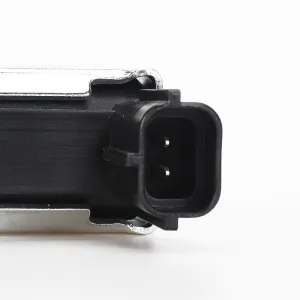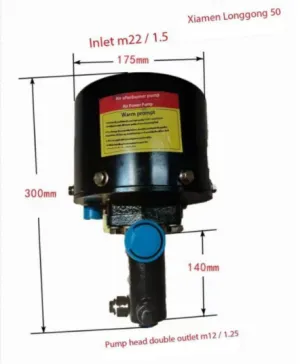Detailed instructions on charging and using Model 3 ternary lithium battery
Let’s take a look at the battery capacity of Model3.

This is the maximum capacity of the battery, Model3 standard continued version, LG ternary lithium battery is 51.75kwh.
But there is not so much electricity that can be used, which can be seen from the diagnostic information of the vehicle.

Full Pack when new, the total capacity of the new battery, is 49.3kwh, which is the maximum capacity that can be used.
Energy buffer, tail hidden capacitance, is 2.2kwh, which is the last remaining power after the amount of electricity reaches 0%, which is included in the Full Pack when new.
The head storage power is the remaining battery capacity after the odometer shows 100%. This head storage capacity is not charged and is used to prevent damage caused by overcharging of the battery. However, the hidden power in the head is not shown in the diagnostic information and is completely hidden from the user.
So we charge to 100%, actually only to the maximum available battery capacity Nominal full pack,49kwh, there is still 2.45 degrees of capacity is not recharged.
The tail hidden power, which is the remaining power after the odometer shows 0%, is used to prevent damage caused by overdischarge of the battery.
We can now calculate the battery capacity we normally use, that is, the 100% battery capacity shown on the screen = Nominal full pack-Energy buffer = 49-2.2 = 46.8kwh, which is 9% less than the nominal battery capacity.
The above is the description of the battery capacity distribution of Model3. Let’s start with how to charge Model3.
First, let’s look at the relationship between charging cut-off voltage and battery life.
The charging cut-off voltage, that is, the voltage of the battery after being charged.

1. When the charging cut-off voltage decreases by 0.1V, the battery life doubles.
two。 When the charging cut-off voltage decreases by 70mV, the charging capacity decreases by 10%.
3. The charging cutoff voltage is 3.90V, that is, up to 60-65%, the battery life can reach an amazing 2400-4000 charge-discharge cycle.
Therefore, it can be said that the charging cut-off voltage is the first factor affecting battery life!
Combined with the conclusion of NASA’s research on lithium battery, the best charging cut-off voltage is 3.92V, and the corresponding Model3 charge is between 63 and 66%.
Let’s say 65%. It’s easy to remember.
Why is the optimal cut-off voltage 3.92V?

Low voltage accelerates the formation of SEI layers (lithium oxides and carbonates).
The formation of the SEI layer and EO layer of the electrode will increase the battery internal resistance and reduce the battery output voltage, in which the EO layer has a greater impact on the battery life, so the higher cutoff voltage has a greater impact, especially the charging cutoff voltage above 4.1V.
Therefore, 3.92V is due to the voltage value that has the least influence on the formation of EO layer and SEI layer.
The charging capacity corresponding to the battery is 63-66%.
How much battery power is the best?
Let’s look at the relationship between battery discharge depth and battery life, as shown below.
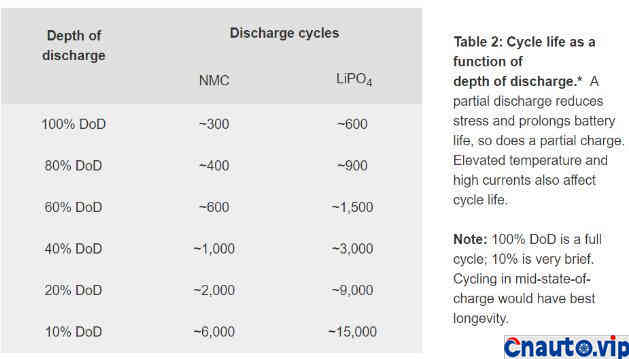
The minimum charge is 20%, and the minimum is not less than 18%.
Too low power will cause the battery to overdischarge, and it is usually recommended that the battery be recharged at 20%.
Due to the existence of tail hidden power, 20% of the power displayed on the screen actually takes the Model3 standard LG battery version as an example.
20% battery capacity = battery capacity x 20% + tail storage capacity = 46.8 x 20% + 2.2 = 11.56kwh
Converted to actual percentage of power = 11.56kwh/ battery nameplate capacity = 11.56 / 51.75 = 22.3%
Therefore, if you really have to, the minimum power can be up to 18%, and even lower will increase the overdischarge damage.
At present, we do not see the relationship between low power and battery life, perhaps because the effect of low power on the battery is not as large as that of high cutoff voltage.
Combined with the optimal charging cut-off voltage of 3.92V and the discharge depth should not be too large, the conclusion for daily charging is
There are two situations.
There is a charging pile at home, it is recommended to charge to 65%, use to not less than 30%, park the car every day to plug in the charge, it is best to plug the charging gun until you use the car.
There is no charging pile, it is recommended to charge to 75-85% to 20-30%, you can decide according to your actual car situation, just find your best points.
The reality is that family cars are usually no more than 100000 kilometers, that is, a battery life of 200,300 cycles is enough. So you don’t need to protect the battery too much to cause yourself too much trouble.
The decline in battery life of electric cars in winter is a big problem, but the good news is that the decline in battery capacity caused by low temperatures can be recovered, except in extreme cases.
The first is to ensure that the battery is always at the ideal temperature of 20-25 degrees, whether in front of the car or when it is out of production.
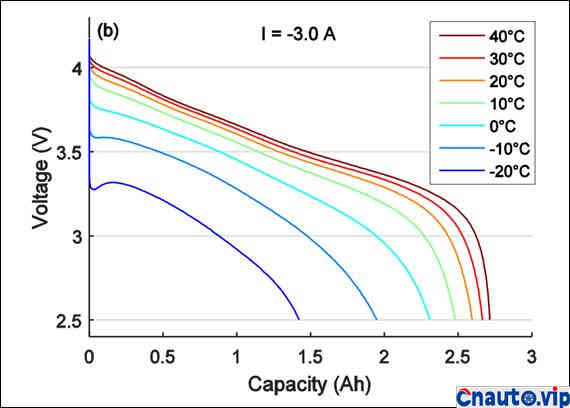
20 degrees-100%
10 degrees-90%
0 degrees-75%
Fortunately, Model3 has done a very good job. According to the current car situation, when the temperature outside the car is above 0 degrees, Model3 will ensure that the battery is in the appropriate range of 20-25 degrees.
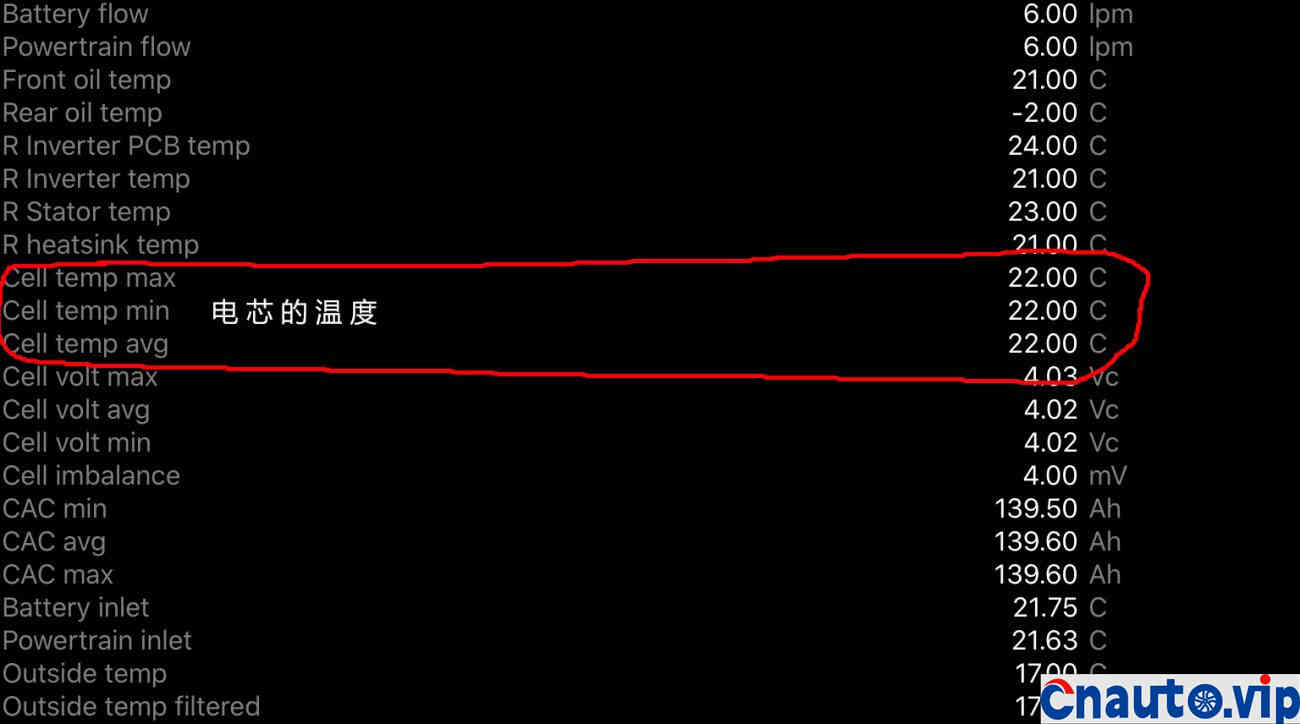
It takes electricity to keep the battery warm, so it’s best to have a charging pile and keep the battery warm with a charging gun all the time, so it won’t consume the battery.
If there is no charging pile, you can park in the underground parking lot to reduce the power consumption of battery insulation. The charging capacity can be increased appropriately in winter, which can be used for battery insulation.
Recommended Suppliers
 April 1, 2024
April 1, 2024 
 March 27, 2024
March 27, 2024  March 27, 2024
March 27, 2024 




